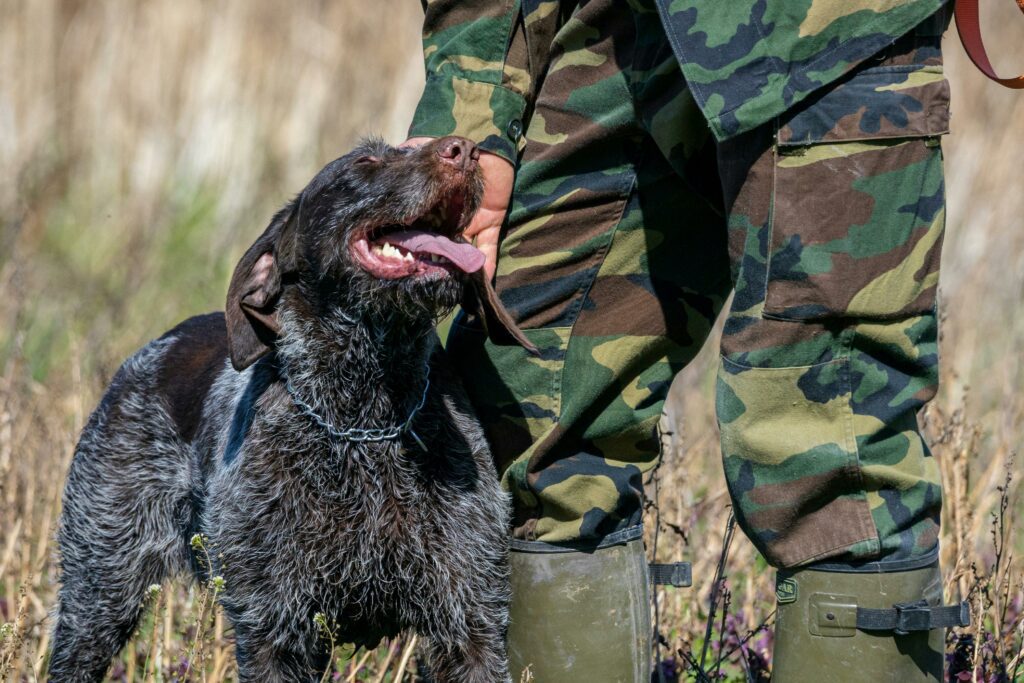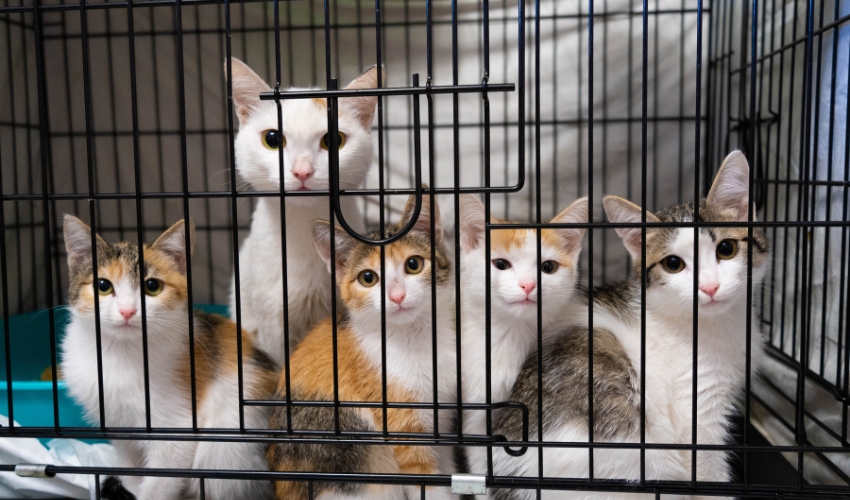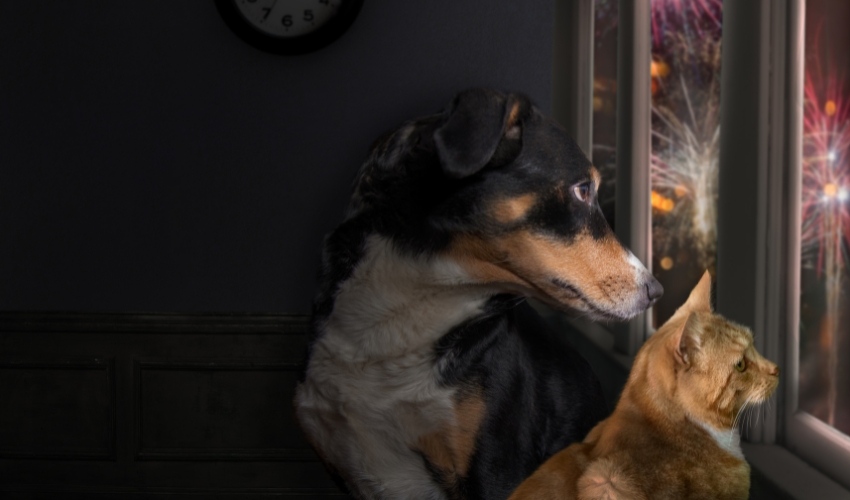Did you know that beyond their fluffiness and cuteness, our pet dogs can have actual cool jobs? Our fur babies can be trained to perform a wide variety of jobs and tasks, utilizing their natural abilities, intelligence, and trainability. Want to know more about it? Here are some common jobs for dogs:
Service Dogs
Service dogs are trained to assist individuals with disabilities, such as visual impairment, mobility limitations, or medical conditions. They can perform tasks such as guiding the visually impaired, retrieving items, opening doors, and alerting to medical emergencies. Service dogs are trained to provide assistance, support, and companionship to their handlers, enabling them to live more independently and improve their quality of life.
Here are some common types of service dogs and the tasks they perform:
Hearing Dogs: Hearing dogs assist individuals who are deaf or hard of hearing by alerting them to important sounds and signals in their environment, such as doorbells, alarms, or approaching vehicles. They may also provide companionship and emotional support.
Guide Dogs: Guide dogs, also known as seeing-eye dogs, assist individuals who are blind or visually impaired by guiding them safely through their environment, navigating obstacles, and avoiding hazards such as traffic or obstacles on the ground.
Mobility Assistance Dogs: Mobility assistance dogs assist individuals with mobility impairments or physical disabilities by providing support with tasks such as walking, standing, balance, or retrieving items. They may also assist with tasks such as opening doors, turning on lights, or fetching objects.
Therapy Dogs
Therapy dogs provide comfort, support, and companionship to people in hospitals, nursing homes, schools, and other settings. They visit patients and residents, offering emotional support and reducing stress and anxiety through their presence and interaction.
Here are some key characteristics and roles of therapy dogs:
Temperament: Therapy dogs are selected for their friendly, calm, and gentle temperament. They must be comfortable and confident in various environments and around different people, including children, the elderly, and individuals with disabilities or medical conditions.
Training: Therapy dogs undergo specialized training to prepare them for their role as therapy animals. They learn basic obedience commands, appropriate behavior around strangers, and how to remain calm and focused in distracting environments.
Socialization: Therapy dogs are extensively socialized from a young age to ensure they are comfortable and well-adjusted in different settings and around various stimuli. They are exposed to different people, animals, sounds, and environments to build their confidence and adaptability.
Search and Rescue Dogs
Search and rescue (SAR) dogs are specially trained canines that assist in locating missing persons, disaster victims, or individuals in distress in various environments and conditions. These highly skilled dogs work alongside human handlers and often other search and rescue personnel, such as firefighters, paramedics, and volunteers, to locate and rescue individuals in need of assistance. SAR dogs play a crucial role in search and rescue operations, as their keen sense of smell, agility, and training make them well-suited for locating and alerting to the presence of individuals, even in challenging or hazardous conditions.
Here are some key characteristics and roles of search and rescue dogs:
Scent Discrimination: SAR dogs are trained to discriminate between different human scents and follow the scent trail of a specific individual. They can distinguish between different scents and track the scent of a missing person, even in environments with multiple scent distractions.
Alerting Behavior: SAR dogs are trained to alert their handlers to the presence of a person by indicating or signaling when they locate the scent source. This may involve behaviors such as barking, digging, or providing a trained response, such as sitting or lying down, to indicate the location of the individual.
Police and Military Dogs
Police and military dogs, also known as K9 units, are trained to assist law enforcement and military personnel in a variety of tasks, including apprehending suspects, detecting narcotics or explosives, and conducting search operations.
Here are some key characteristics and roles of police and military dogs:
Detection: Police and military dogs are trained to detect and alert to the presence of specific substances or materials, such as drugs, explosives, firearms, or contraband. They use their keen sense of smell to locate hidden or concealed items in various environments, including vehicles, buildings, and open spaces.
Tracking: Police and military dogs are trained in tracking and trailing techniques to locate and apprehend suspects, missing persons, or fugitives. They can follow the scent trail of a specific individual over different terrain and environments, leading their handlers to the target’s location.
Patrol and Security: Police and military dogs assist in patrolling and securing areas, such as airports, seaports, border crossings, and public events. They provide a visible deterrent to crime and help maintain public safety and order through their presence and vigilance.
Entertainment and Sports Dogs
Some dogs are trained to perform in entertainment shows, movies, commercials, or sports competitions, such as agility, obedience, flyball, or dock diving. They showcase their skills, athleticism, and intelligence in various public performances and competitions.
Here are some examples of entertainment and sports dogs and the activities they may participate in:
Agility: Agility is a popular dog sport in which dogs navigate an obstacle course consisting of jumps, tunnels, weave poles, and other obstacles in a timed competition. Agility dogs demonstrate speed, accuracy, and agility as they navigate the course under the direction of their handlers.
Obedience Trials: Obedience trials are competitions in which dogs demonstrate their obedience and responsiveness to commands from their handlers. Dogs compete in various obedience exercises, including heeling, recalls, stays, retrieves, and scent discrimination, showcasing their obedience and training skills.
Flyball: Flyball is a team relay race in which dogs race over a series of hurdles, trigger a spring-loaded box to release a tennis ball, and then return with the ball to their handler. Flyball dogs demonstrate speed, agility, and teamwork as they race against other teams in a fast-paced competition.
Did you know that these jobs exists? How cool is that, right? These are just a few examples of the many jobs and roles that dogs can perform. With proper training, socialization, and care, dogs can excel in a wide range of tasks and make valuable contributions to society in various capacities.












